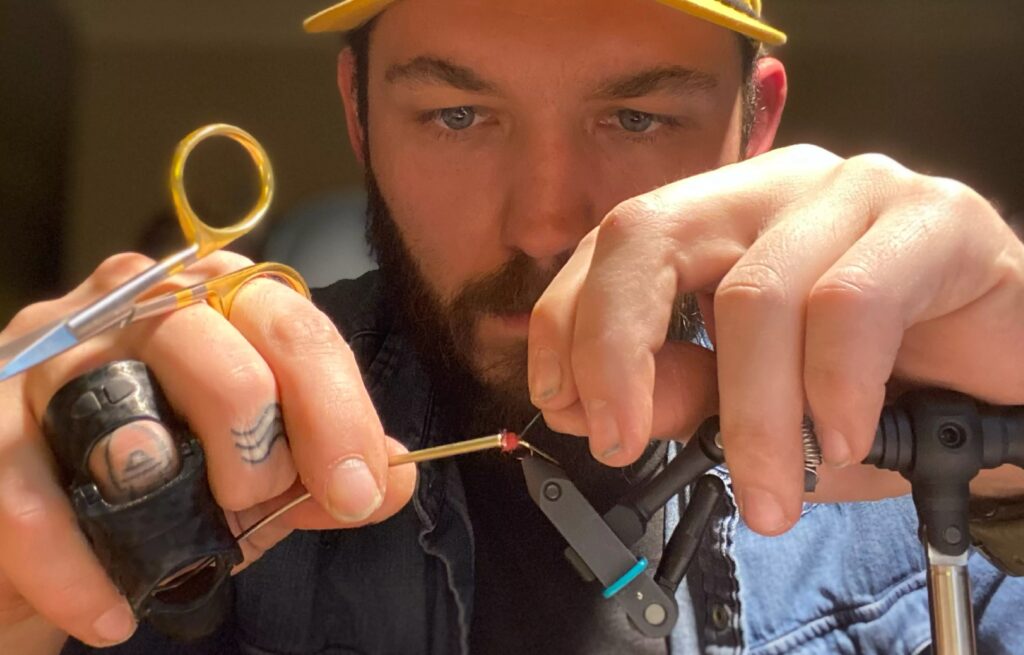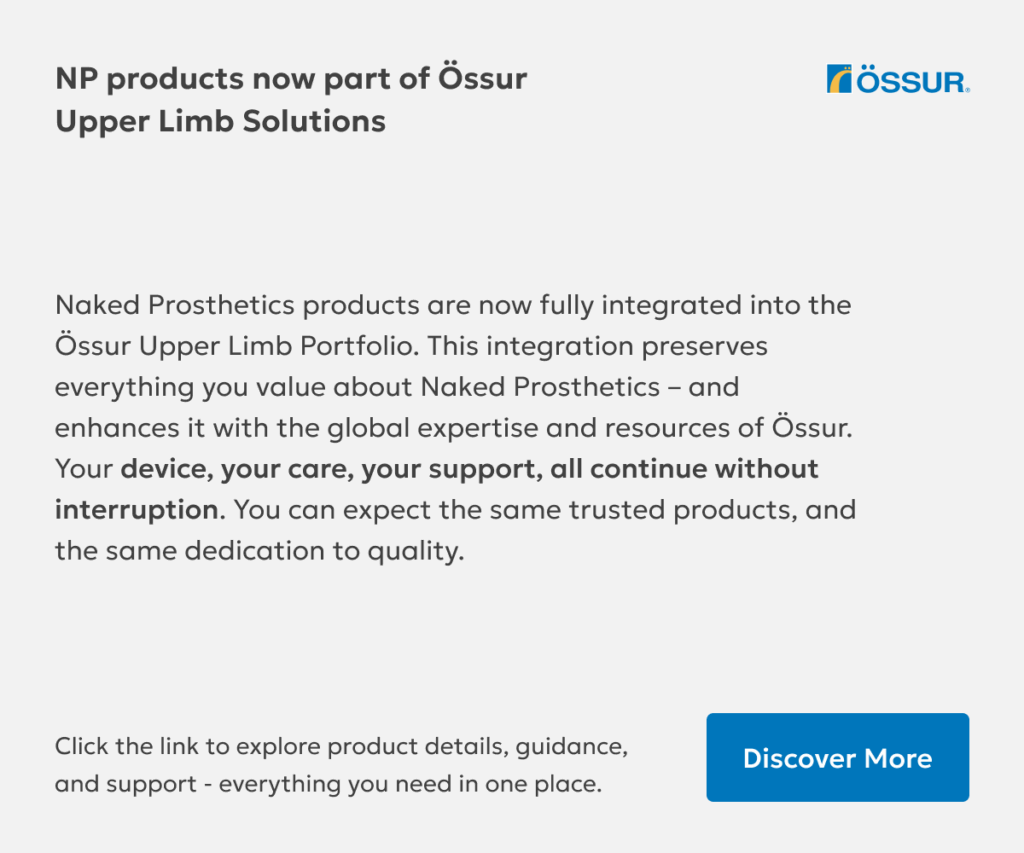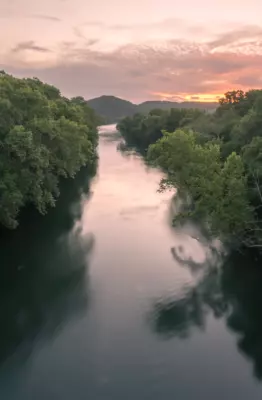
The Caney Fork River is known as one of the region’s premier spots for fly fishing. The deep green, slow-moving stream flowing through central Tennessee, is a serene backdrop for Fish Anglers to cast their line. Chase was introduced to the river by his father as a boy and it remains his passion to this day. Fly fishing fundamentals came early and naturally to Chase, including how to roll cast for tight spots (keeping tension between your fly line and the surface of the water, is not easy!)
As the years passed, and he was an attentive student to the many valuable skillsets from his father, the most important, he learned, was patience. Throughout his journey, he has used the many powerful facets of this skill to remain positive and continue moving forward.
As a skilled woodworker by trade, Chase is comfortable with machinery and the tools needed for his craft. One of these is a radius molder. It is a stationary woodworking machine where decorative wood is passed through to cut curvature. In the Winter of 2020, he recalls: “I got my hand in a place that a hand had no business being.”
While using this tool, the wood plank hit a knot and kicked the piece out, and then swallowed it back in, taking Chase’s right hand with it. He immediately pulled his injured hand away, hiding the damage from co-workers. “How bad is it?” his co-worker asked. Chase, accessing his fly-fishing skillset, answered calmly, “It’s bad. It’s time to go to the hospital.”
Fortunately, his sister was studying to become a nurse at the hospital he was taken to. He was able to alert his sister of the accident while in transit giving her enough time to have emergency staff awaiting his arrival.
Chase remembers feeling that his index was “a little chewed up” but believed there was no major damage. His middle finger was crushed at the first knuckle and his ring finger had been partially amputated and crushed at the first knuckle as well. Surgery to fuse the joints was recommended and initially appeared to be successful. Unfortunately, the procedure left the digits not functioning properly. Even after (insert time frame) healing, he didn’t have the grip he needed to swing a hammer at work or the ability to tie the intricate knots on his fishing lures. He couldn’t accept the limited functionality in his fingers as they were. Every cell in his body knew something had to be done.
This was when Chase decided amputation may be needed. In March of 2020, he called his orthopedic surgeon, Dr. Thomas T. Dovan, MD, to formulate a plan. He expected it would be a few weeks before his doctor would have the time to consult with him, giving him plenty of time to continue to ponder the decision. “But my doctor was available for the surgery the next day,” laughs Chase. “So I made my decision quickly.”
His accident happened on the cusp of COVID-19 quarantines, if his appointment had been scheduled even two weeks later, it likely would have been canceled or postponed. While he would have preferred more time to mentally prepare for the major surgery, he was aware of how lucky he was to have the procedure when he did, as many healthcare providers soon became limited in their abilities, via closures or overwhelm during the pandemic.
Coincidentally, Chase had come across Naked Prosthetics devices on social media years before the accident. After extensive physical therapy for roughly seven months, he was ready to seek more information about prosthetics. He knew exactly what he wanted.
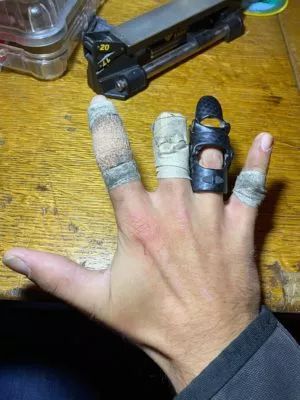
With the help of Kelly Hefferan, CP/O at Bulow Orthotic & Prosthetic Solutions in Nashville, TN, they worked on mobilization exercises, desensitization, stretching, and electrode-stimulation. By September of 2020, he was ready to start the fitting process. Only a few short weeks later, he had his PIPDriver.
To accommodate his prosthesis, he has needed to modify his grip, but this has led him to feel more comfortable and more confident with his device. He wears it all day, every day, explaining that it makes daily activities like holding a phone so much easier.
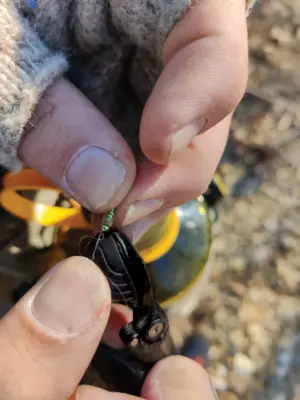
He began tying his own flies while fishing, something he had not attempted before the accident. “It is important to learn new skills after hand trauma,” he explains. “After a loss is the best time to explore something new because there is no benchmark of success to meet. You have to find your new normal in the little things.”
Chase changed roles at work to accommodate his new normal. “I joke that I just needed to cut off my fingers to be promoted to foreman,” he explains light-heartedly. Before the accident, he felt the invincibility that often accompanies youth and didn’t necessarily think of safety first. “Because of what I went through I’m more on the ball about making sure people are doing things the safest way. I am the first to run over to unexpected construction sounds on the worksite. The hair on the back of my neck stands up.” Recently Chase visited Career Day at a nearby Elementary School. The children were fascinated with his device and he was able to express the importance of safety to the class.
“I’ve always been fascinated with hands and felt like hands tell a story about what you do. And there’s nothing to be ashamed or self-conscious or embarrassed about with scars. I think people are more impressed by you when you’ve been through something like this.”
When we speak with end-users, we are always inspired. The admiration we have for people who turn their challenging experiences into positives inspires us in our mission to continue innovating and providing functional, high-quality finger prostheses that get people back to work and doing the things they love.

